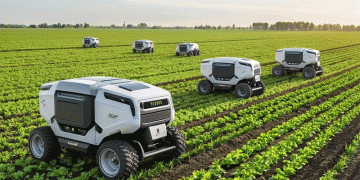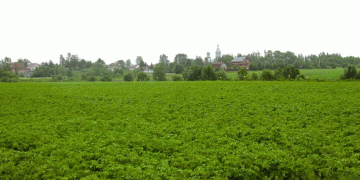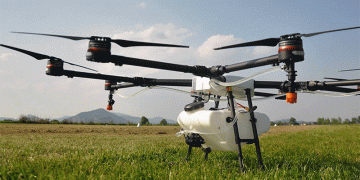$12.5 Million Plan Launched to Preserve Africa’s Unique Vegetable Biodiversity
The World Vegetable Centre has unveiled a comprehensive plan to rescue vegetable species in Africa that are on the brink of extinction. Dubbed the “African Vegetable Biodiversity Rescue Plan,” this initiative requires $12.5 million to be fully implemented and aims to secure Africa’s diverse vegetable heritage. The plan was launched at the Africa Food Systems Forum in Kigali, which brought together over 5,000 delegates to discuss food security and agricultural improvements.
The Rescue Plan focuses on four key components: rescue and conservation, generating and sharing seeds and information, fostering partnerships and enabling policies, and promoting education and mainstreaming. This 10-year roadmap is designed to collect, conserve, share, and utilize vegetable genetic resources to improve nutrition, income, and climate resilience across the African continent.
Maarten van Zonneveld, Head of Genetic Resources at the World Vegetable Centre, emphasized that Africa is a global hotspot for vegetable biodiversity, but this precious resource is at risk. He noted that African vegetables are poorly conserved in existing genebanks, which are essential for maintaining genetic diversity through the storage of seeds or vegetative tissues. Worryingly, only one-third of African countries have functioning genebanks, and many of those are not well-maintained.
“Vegetable biodiversity is declining rapidly as part of the broader loss of agrobiodiversity. We must act now to save Africa’s vegetable heritage before it is lost forever,” van Zonneveld warned.
The urgency of the situation was underscored by the success of a pilot phase, supported by the Taiwan Africa Vegetable Initiative from 2021 to 2024. During this phase, over 17,000 vegetable varieties were collected in Benin, Eswatini, Madagascar, and Tanzania. The pilot also resulted in the construction of two new genebanks and the upgrading of three others in Africa, along with the training of 174 genebank staff.
The broader goals of the Rescue Plan extend beyond biodiversity conservation. It also seeks to address critical issues such as malnutrition and poverty. With over 2 billion people globally lacking essential nutrients that can be obtained from vegetables, saving indigenous African vegetable species is seen as a key step in improving global health and nutrition.
Birungi Korutaro, CEO of Kilimo Trust, an agricultural organization operating in Rwanda, Burundi, Kenya, Tanzania, and Uganda, highlighted the importance of regenerative agricultural techniques to preserve indigenous vegetable species in Rwanda. She identified the lack of quality seeds as a major challenge in the vegetable value chain and stressed the need for educational initiatives to promote the benefits of vegetables.
Dany Hakizimana, an agronomist at Agrah Care, a Rwandan start-up focused on farm services, echoed this sentiment. He called for the establishment of a dedicated center to conserve vegetable species and multiply their seeds, warning that failure to act could lead to the disappearance of valuable vegetable species.
As Africa faces the dual threats of biodiversity loss and malnutrition, the African Vegetable Biodiversity Rescue Plan represents a critical effort to preserve the continent’s unique agricultural resources for future generations.


































